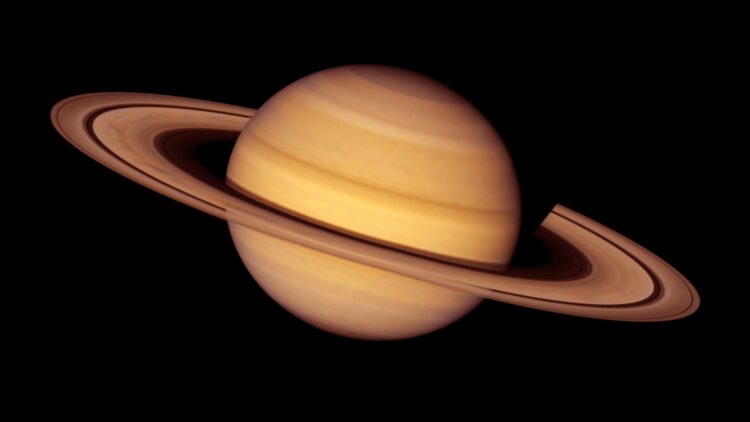Although asteroids are a very common thing in our solar system, them impacting with a planet does not happen as often as it may seem, and least of all when and where we can see it. But now we have images of a mysterious object which has crashed into Saturn and the moment has become a first-of-its-kind moment in planetary observation. The image was taken by Mario Rana, who works with NASA, and it is taking the entire community by storm.
Although in theory both Saturn and Jupiter are often hit by space debris like asteroids and meteoroids, it is nearly impossible to capture clear evidence of these impacts as these two planets are considered gas giants, and unlike rocky planets such as Earth or Mars gas giants do not have solid surfaces where craters could form and stick around. That makes it very hard to see the impact or the aftermath and to even prove that it happened.
The Saturn image that is causing the scientific community to celebrate
Although the image has been captured, it still needs to be verified so that it can be accepted by the broader scientific community. It is now in the hands of the Planetary Virtual Observatory and Laboratory (PVOL), who gathers telescope observations of planets from amateur astronomers across the globe. This group is now on a mission to find out whether Rana’s image truly shows a collision and if it does prove to be true, it would be the first direct visual proof of an impact on Saturn.
Marc Delcroix, one of the main scientists involved in this verification process, is leading the call for more observations, and has put out a call to action for anyone that many have had their telescope pointed at Saturn during the time of the collision to pitch in, as the more images that can be found of the event the easier it will be to prove that it happened and that it detailed what Rana is claiming.
This might sound strange to some, but PVOL is part of a larger European platform known as VESPA (Virtual European Space and Planetary Access), and they usually work closely with both amateur and professional astronomers to gather data, share insights, and support ongoing research. This allows for more information to be shared and helps the overall scientific community.
Back to the impact, it may have been an almost impossible feat to catch it, but impacts of this caliber are quite common, as objects are crashing into planets constantly. Earth, for instance, gets hit by about 8,000 meteorites every year.
Back in 2013, Linda Spilker, who worked as the project scientist for NASA’s Cassini mission, talked about how Saturn’s rings act as a kind of “giant meteorite detector.” Even though we cannot usually see what hits Saturn, the rings often reveal telltale signs that something did. “These new results imply the current-day impact rates for small particles at Saturn are about the same as those at Earth – two very different neighborhoods in our Solar System – and this is exciting to see. It took Saturn’s rings acting like a giant meteoroid detector – 100 times the surface area of the Earth – and Cassini’s long-term tour of the Saturn system to address this question.” Spilker said at the time.
That makes the photo from Rana even more impressive, as, if it does show what scientists think it does, it could back up years of indirect evidence with something much more concrete: a visual record and that is not just exciting for astronomers, it is a big deal for how we understand gas giants in general.

